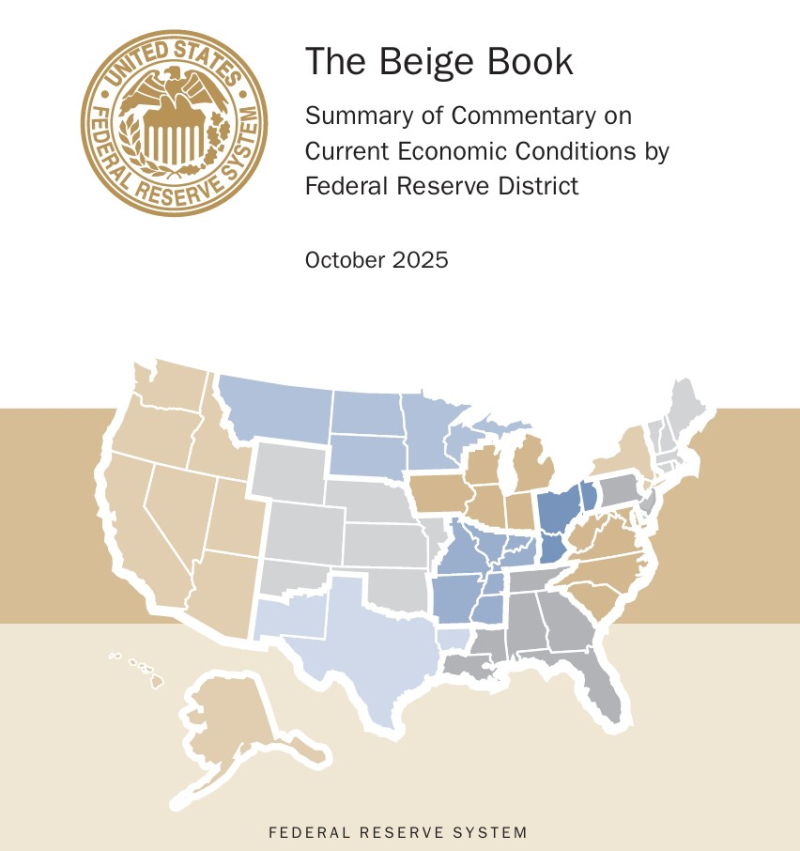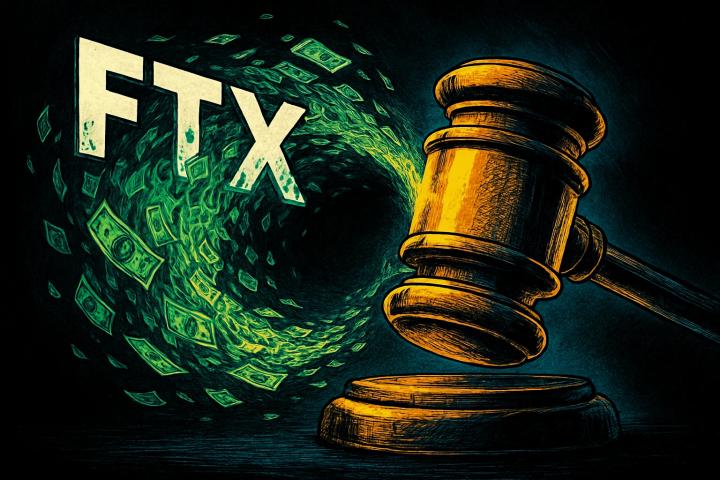Financial hardship spreads to the middle class, increasing reliance on pantry use and "post-pay" payments.
The October Beige Book, released by the Federal Reserve at 3 a.m. today, revealed that while the U.S. economy appears to be stable, the economic gap between classes is actually widening.According to the Economic Trends Report compiled by the U.S. Federal Reserve through its 12 regional Federal Reserve Banks, three regions experienced moderate growth, five showed flat performance, and four showed slight slowdowns. The job market remains stable, and inflationary pressures appear to be gradually easing due to slowing wage growth.
However, the Boston Federal Reserve Bank noted that "economic instability is increasing in many communities," as evidenced by increased use of food pantries and increased difficulty paying rent and utility bills. Notably, this phenomenon is not limited to low-income households.
The Federal Reserve Bank of St. Louis noted that "even middle-class households are increasingly relying on credit and short-term financing to make ends meet." They added that "as reliance on 'buy now, pay later' services increases, credit card delinquency rates are also rising."
Meanwhile, some regions are demonstrating economic resilience, with brisk lending activity and moderate business growth continuing. Despite the burden of rising costs, companies appear reluctant to pass these burdens on to consumers.
This year's Beige Book clearly shows that while the U.S. economy remains generally stable, the rising cost of living is spreading the burden on households to the middle class, widening the economic gap between classes.
Joohoon Choi joohoon@blockstreet.co.kr










